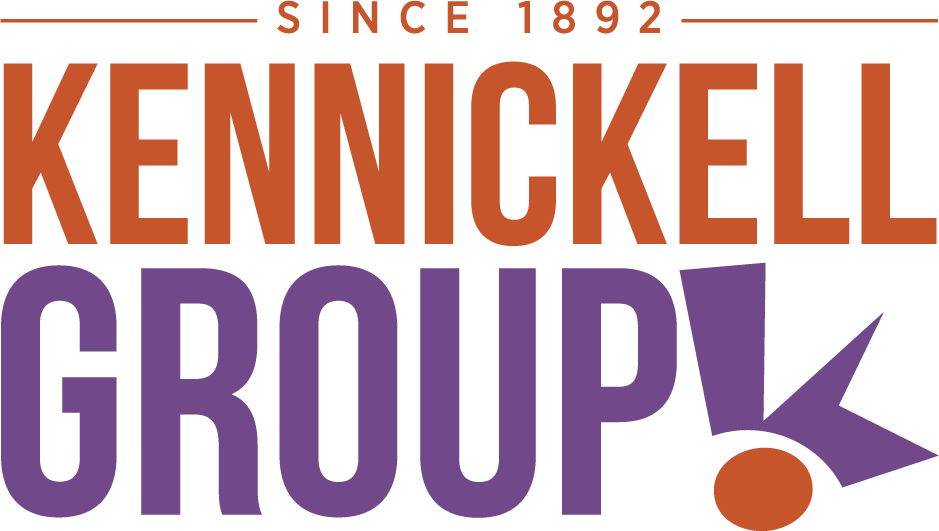The Enduring Power of Tangibility
Counter-intuitively, the crowded landscape of digital ads actually plays to the advantage of physical mail. Studies have indicated that people understand and remember what they read on paper more than on a screen. Direct mail offers a tactile advantage, with brochures, postcards, and catalogs triggering multiple of the recipient’s senses rather than just one, increasing their memorability.
Direct mail cuts through the digital noise in a way that email and banner ads can’t. Printed materials elicit a stronger emotional response and lead to better brand recall compared to digital ads. People spend more time with physical mail, and it’s more likely to be noticed, saved, and shared. A coupon, for example, may go on the family fridge and serve as a reminder of your business and your current discounts in a way that a passing digital ad cannot.
This “stickiness” makes direct mail a particularly effective channel when you’re aiming to build local awareness or create long-term brand recognition.
Direct Mail + Digital = Better Together
The best way to use direct print marketing material is not standalone, however, but in tandem with your other online efforts. A study in the International Journal of Research in Marketing tells us that:
“Direct mail significantly influences consumer activity metrics in the online channel (i.e., online search and clicking behavior)…[and] is shown to be effective throughout the purchase funnel, both directly and indirectly, with a positive net sales effect.”
Direct Targeting and Measurable ROI
Today’s direct mail isn’t the generic mass-mailer of years past. With modern data tools and digital printing technology, businesses can target their audience with the same precision as email marketing—down to household, income level, or buying behavior. Variable data printing allows for names, offers, and even images to be personalized at scale, giving every recipient a message that feels tailored to them.
Print is also faster and more flexible than ever. On-demand printing and smaller batch runs mean companies can test creative, refine it, and relaunch with minimal waste.
Another major misconception is that direct mail results are hard to measure. But with the right tools, you can track performance just like you would with digital. Custom landing pages, QR codes, call tracking numbers, and even USPS’s Informed Delivery service allow marketers to monitor engagement and conversions in real time.
Direct Mail isn’t Dead!
In the digital age, direct mail has earned its spot as a complementary, not competing, marketing strategy. It offers tactile impact, longer retention, and proven influence on digital behaviors. When integrated into a larger marketing plan, it can reinforce messaging and guide customers across channels—print, web, and social—seamlessly.
While this multi-channel approach is proven to be effective, it can be very difficult to achieve on your own. Luckily, Kennickell has an established system which uses a combination of informed delivery, call tracking, and online re-targeting ads to allow you to know where your potential customer is in every step of their journey. Our experienced team can help you turn a concept into a campaign that’s visually compelling, strategically targeted, and results-driven. Whether it’s a postcard that lands with a punch or a full-scale omnichannel rollout, a well-timed mailer may be exactly what your brand needs to stand out. Like many other aspects of our lives since the internet revolution, direct mail isn’t dead…it’s just transformed.
Check out our other recent blogs:
The Restaurant Printing Playbook: Menus, Window Graphics, and Delivery Vehicle Wraps That Drive Orders
Drive more restaurant orders with strategic menus, window graphics, and delivery vehicle wraps that boost visibility, build your brand, and turn hungry customers into loyal regulars.
Fleet Vehicle Wraps: Rolling ROI for Brand Recognition & Trust Building
When properly designed, your fleet vehicle wraps become a moving billboard that delivers your message around town day in and day out.
The Hidden Metrics That Actually Build Customer Loyalty
As businesses look to build lasting customer relationships—not just generate one-time clicks—it’s important to understand the difference between campaign-level measurement and relationship-level tracking.







